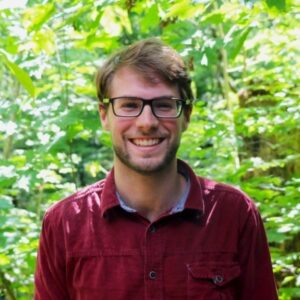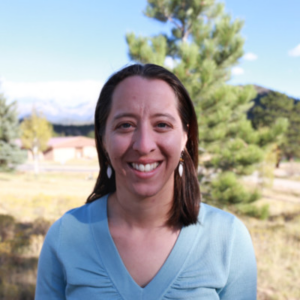Apply now to join our next cohort of Community Science Fellows and Community Leads!

Lake Sammamish Bellevue Washington Panoramic View
The City of Issaquah, Washington is looking to review and update their Preferred Tree List to include species level information on climate change vulnerability and assess if there are trees that should be added or removed based on future climate projections. This inventory would include some information on other ecosystem services these trees provide, like stormwater retention and urban heat island reduction. This project will support the city in the development of its first Urban Forest Management Plan, as it relates to tree canopy cover, ensuring trees are planted with consideration of a changing climate and rapid growth.
The City of Issaquah has a Preferred Tree List that informs both public land managers and private property developers on trees to plant to meet tree canopy retention goals defined in the city’s land use code. This list was primarily created to define 30-year projected canopy cover of commonly planted tree species in Issaquah in order to ensure tree loss to development is adequately replaced. The list also provides basics on growing conditions to help inform developers and land managers on the “right tree, right place”.
This project aims to review and update the Preferred Tree List to also include species level information on climate change vulnerability and assess if there are trees that should be added or removed based on future climate projections. Information on other ecosystem services these trees provide, like stormwater retention and urban heat island reduction would be included.
Project Goals:
Potential Deliverables (in order of priority):

Dan Hintz is the City of Issaquah’s first urban forest supervisor. His work focuses on maintaining and expanding Issaquah’s urban forest, which includes forested open spaces and parks, street trees, and trees on private property. Dan has a master’s degree in environmental horticulture from the University of Washington and recently became a certified arborist. Prior to working with the city, Dan was the restoration projects manager for the Mountains to Sound Greenway Trust, focusing on riparian restoration and salmon habitat recovery. Part of his role includes implementing Green Issaquah, a program to engage volunteers in the stewardship and care of the 1,500 acres of forested open spaces in Issaquah. Dan is an Issaquah resident and you will regularly find him exploring the trails of the Issaquah Alps and admiring wildlife along Issaquah Creek.

David Reedy is the City of Issaquah Sustainability Coordinator and works to implement the City of Issaquah Climate Action Plan. His work mainly focuses on the implementation of internal actions and efforts to build resilience in the face of climate change and decarbonize government operations. David has a Masters of Public Administration with a focus on Environmental Policy from the University of Washington Evans School of Public Policy. Prior to working with the City of Issaquah, David has had the opportunity to work on a variety of environmental issues including research relating to transportation justice in Washington, expanding equitable access to environmental education in Tennessee, and urban sustainability efforts in Boston.

Stacy Armbruster works for the Forest Stewardship Council (FSC) Investments & Partnerships as the Technology and Ecosystem Services Hub manager. She focuses on the implementation of key technologies to take FSC’s Ecosystem Services program to scale through partnership engagement and program management. Stacy has worked with several conservation-focused organizations including the World Agroforestry Centre (ICRAF), Ya’axche Conservation Trust, NASA DEVELOP, and more recently The Ember Alliance. She holds a M.Sc. in Conservation Leadership from Colorado State University, a B.S. in Natural Resource Management from Oakland University, and a Graduate Certificate in GIS from Utah State University.
The scientist selected for this project will work with the City of Issaquah to update their Preferred Tree List by identifying climate vulnerability and level of co-benefits for individual species (e.g. climate adaptability, stormwater retention, and heat island reduction). Open to scientists local to Issaquah, or Washington State, as well as remote.
Specifically, the scientist would be working on the following:
Desired Skills and Qualifications
The scientist that joins the project would have:
Thriving Earth Exchange asks all scientific partners to work with the community to help define a project with concrete local impact to which they can contribute as pro-bono volunteers and collaborators. This work can also position the scientists and communities to seek additional funding, together, for the next stage.
(c) 2024 Thriving Earth Exchange